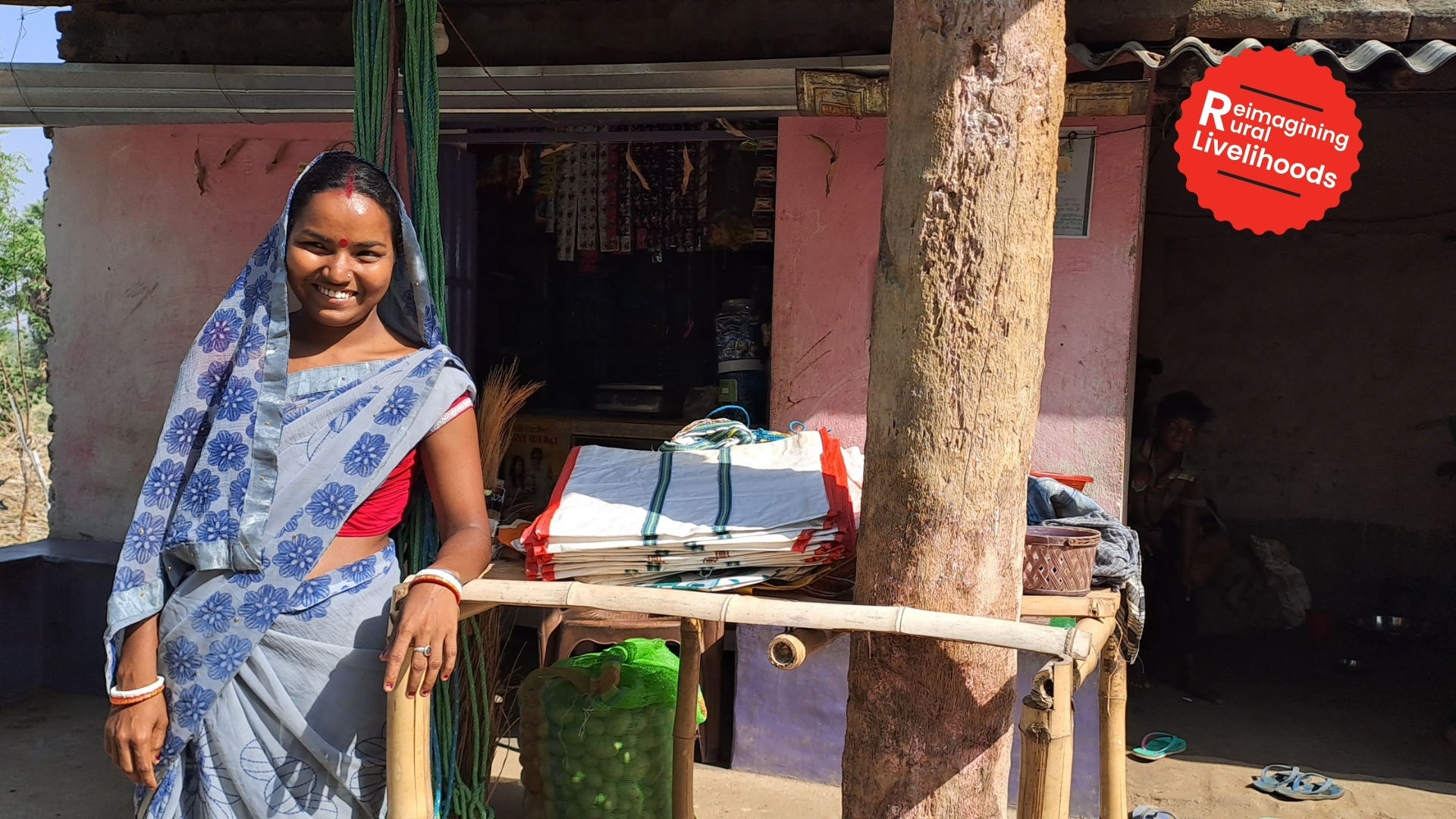Exploring Sustainable Rural Livelihood for Women: From Traditional Household Production to Smart Retail

India’s rural retail market sits at the intersection of huge demand and untapped supply chain opportunity, where Cluster Level Federation CLF-led micro retail outlets can emerge as an ideal model, driving household incomes, retail growth, and deeper digital commerce penetration.
A key opportunity in India’s social and economic development lies in bridging the relative disconnect between markets and poverty alleviation efforts. The responsibility for driving livelihood generation and social stability — essential pillars of sustainable development — have been solely left to the government, not-for-profit agencies, and more recently, the compliance-driven Corporate Social Responsibility (CSR). The private sector and corporates, for the most part, have yet to fully recognise their role in this space, which is necessary for market growth.
India requires accelerated growth which is possible only through market-led investments. The traditional development interventions from the Non-Governmental Organisations (NGOs) remain stagnated around issues and their engagement to drive change. This eventually means slow, restricted and controlled prospect. The ABP (Achar, Badi, Papad) syndrome – as I call it – since early 2000, prevails strongly in India.
A Potential Market
Breaking free from the ABP mindset requires seeing rural India not as a site of subsidy but as a strong, evolving market. India’s overall retail market was valued at roughly INR 82,00,000 crore (about USD 940 billion) in 2024 (India Brand Equity Foundation), with rapid growth expected outside metros & urban centres. The rural fast consuming consumable goods (FMCG) market alone was forecast to touch about USD 100 billion by 2025. This is a clear signal that daily-consumption demand in villages is large and stable, which is supported by per capita consumption expenditure (MPCE) of INR 4,122 (Household Consumption Expenditure Survey/ HCES, 2023-24, MoSPI). By 2026, the estimated number of 88 million online shoppers in rural India, growing at ~22% CAGR, indicates approximate rural market size somewhere between USD 25 billion to USD 40 billion.
Hence, India’s rural retail sits at the intersection of huge demand and untapped supply-chain opportunity where the Cluster Level Federations (CLFs) of women’s Self-Help Groups (SHGs) are perfectly placed to capture it. There are approximately 32,000 active CLFs linked to SHGs across the country. I would suggest that with support of competent development agencies aka NGOs linked to Women’s Economic Empowerment (WEE) activities, there should be efforts to create local nodes that can host micro-retail outlets and act as last-mile e-commerce delivery and returns points. The network dramatically lowers the cost of setting up trustable retail infrastructure and creates clear livelihood pathways for women and rural youth. I would consider this work force and entrepreneurial platform more stable since they have knowledge of local culture, consumer behaviour, demand and would prove to be dedicated sales force.
Market Agency, Grounded in Reality
The practical model would be to partner with a transformative market facing agency that has deep insights in CLF & SHG functioning and training experience with such platforms and local youths. The partner agencies can work with sales & marketing team to design projects for training/ capacity building, logistics management, demand forecasting and monitoring systems for each CLF office with a micro-store (fast-moving grocery, household essentials, farmer inputs, phone recharge/last-mile pickup) with a network of women & youth delivery agents. Conservative estimates would be that a CLF operating at the block level (sub-block level in case of high-density areas) oversees 15-20 Village Level Organizations (VO). Hence such a CLF based micro-store can serve at least 3,000 rural households and generate steady retail margin income, plus delivery/logistics wages for the youth. This means multiplying both household incomes, retail market growth and digital commerce penetration.
PCI India conducted a study in Bihar on rural retail market volume and scope of support to existing women-led nano retail stores at doorstep. The study indicated that rural community has high demand for retail products — from local to multi-national brands. Hence combining the size of rural consumption, accelerating e-commerce demand and an existing CLF network, there is huge scope of creating a scalable, low-capex route to rural market expansion for every brand and product segment. In turn the market growth will ensure thousands of micro-retail & delivery jobs for members of women’s collectives and local youth, besides ensuring access to authentic products for rural consumers.
The author is Shantamay Chatterjee, Director – Livelihood with WEE, PCI India, and this is part of his blog series titled “Reimagining Rural Livelihoods: From Subsistence to Sustainability”.
